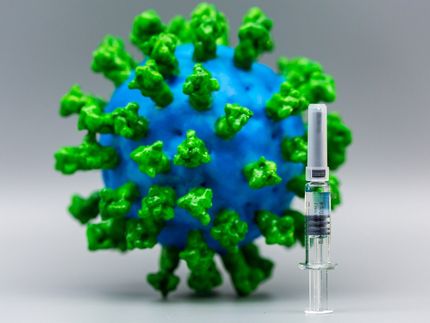Clinuvel announces positive results from pivotal European Phase III study: endpoints demonstrate clinically relevant treatment effect of afamelanotide
Advertisement
Clinuvel Pharmaceuticals Limited announced that final analyses of its confirmatory Phase III European study (CUV029) in erythropoietic protoporphyria (EPP) has shown a clinically relevant positive prophylactic treatment effect for patients who had been administered SCENESSE® (afamelanotide 16mg controlled-release formulation).
SCENESSE® is the first photoprotective drug developed as a prophylactic treatment for phototoxicity experienced by patients with EPP, a rare light intolerance disease. Presently there is no known effective treatment for EPP, which affects approximately 10,000 people globally, of which 4,000 are in Europe. SCENESSE® has been granted orphan drug status both in Europe and the US. Clinuvel is currently finalising a Marketing Authorisation Application (MAA) for SCENESSE® for submission to the European Medicines Agency (EMA) within the next few weeks.
CUV029 was a randomised placebo-controlled trial consisting of two parallel treatment arms conducted in eight different European academic centres which recruited a total of 74 EPP patients. The drug was tested over a nine month period which included the spring and summer months. Patients were evenly distributed between the two treatment groups across all study sites, receiving either afamelanotide or placebo treatment every 60 days.
SCENESSE® activates melanin in the skin, which shields against UV radiation (UVR) and sunlight, while the drug is delivered as a subcutaneous, dissolving implant approximately the size of a rice grain. Increased pigmentation of the skin may appear after two days and the therapeutic effect lasts up to two months.
This study and its objectives were designed in conjunction with global experts in porphyria management and incorporated advice received from the European Medicines Agency (EMA) through Protocol Assistance (PA) under EU orphan drug regulations.
The primary objective of evaluating afamelanotide in EPP patients was to determine whether the prophylactic effect has meaningful clinical benefit. Afamelanotide treatment aims to allow patients to lead a life which includes exposing themselves to ambient light and to engage in outdoor activities. A similar, secondary objective was to assess the effect of treatment on their Quality of Life (QoL).
Seventy-four patients started the study and 68 (91.9%) completed study medication and all clinical visits. In total, 17,377 days were evaluated during the study. Results of the study showed that SCENESSE® was well tolerated, allowed EPP patients to expose their skin to sunlight during the middle of the day without or with reduced pain and improved their Quality of Life (QoL). Overall the study demonstrated a strong clinical benefit to patients, despite their deeply learned behaviour to avoid reactions caused by sun exposure.
Afamelanotide recipients experienced half as many phototoxic reactions as placebo recipients (p=0.044) and had a lower total median pain score (6.0 v 17.5; p=0.035) and total lower maximum pain score per phototoxic episode in comparison to placebo patients (4.0 v 6.0; p=0.018). Reduction of the intolerable pain in EPP patients is meaningful since no therapies, including analgesics, are effective in these patients.
Through recordings in patient diaries, patients in the afamelanotide group were able to spend more time in direct sunlight during periods of highest light and UV intensity, when EPP patients are most at risk of developing symptoms. Overall, afamelanotide recipients were able to spend more time in direct sunlight between 10 AM and 8 PM (p=0.005). For the majority of study days, patients in the afamelanotide group were able to spend up to seven times longer in direct sunlight without experiencing pain.
Patients treated with afamelanotide could spent more time in direct sunlight on days when they reported no pain (10 AM-3 PM, p=0.005; 10 AM-8 PM, p=0.003) and on days when they reported no pain or mild pain (10 AM-3 PM, p=0.032; 10 AM-8 PM, p=0.012).
The impact of afamelanotide on the QoL was assessed using with a specialised EPP-specific QoL questionnaire (EPP-QoL). Patients treated with afamelanotide reported greater improvement in their QoL than placebo-recipients and the difference was significant on Days 120 (p=0.005) and 270 (p=0.011).
Most common adverse events were associated with implant administration (such as pain or bruising following injection), transient nausea, headache and the common cold. After reviewing and confirming all analyses and the safety data, the independent Data Safety Monitoring Board (DSMB) deemed afamelanotide suitable for further use in man. Importantly, no drug related serious safety concerns have been identified to date with SCENESSE® in all global clinical trials. To date over 600 patients have been treated with SCENESSE® across a number of indications.
















































